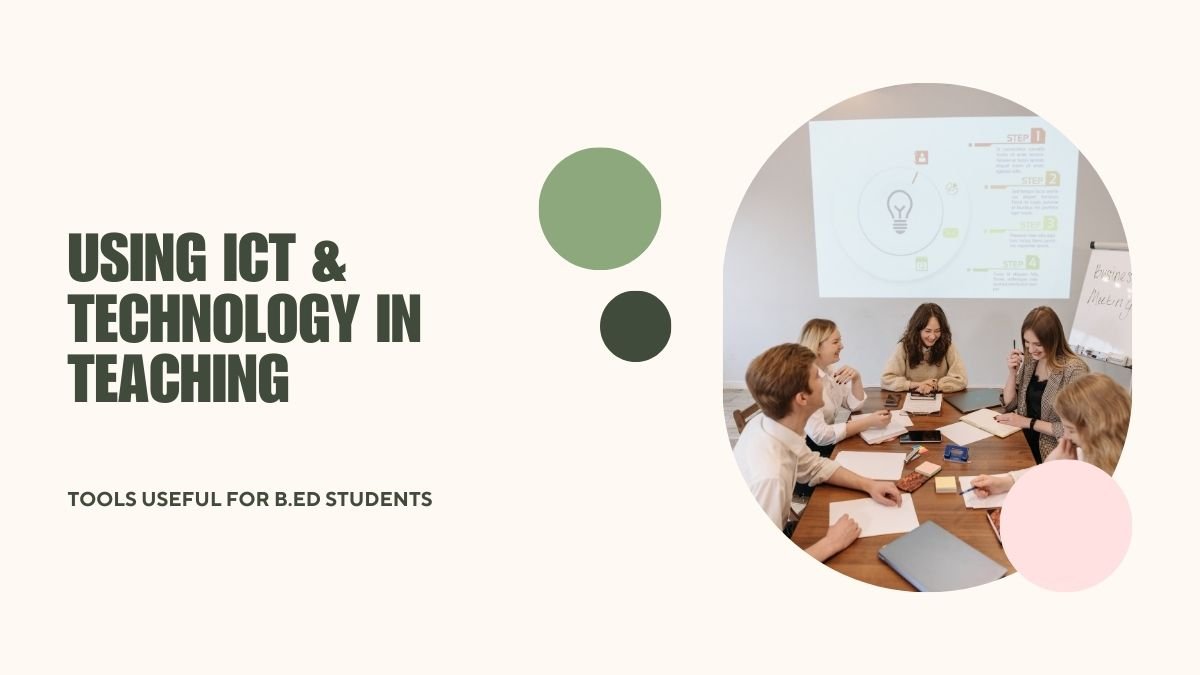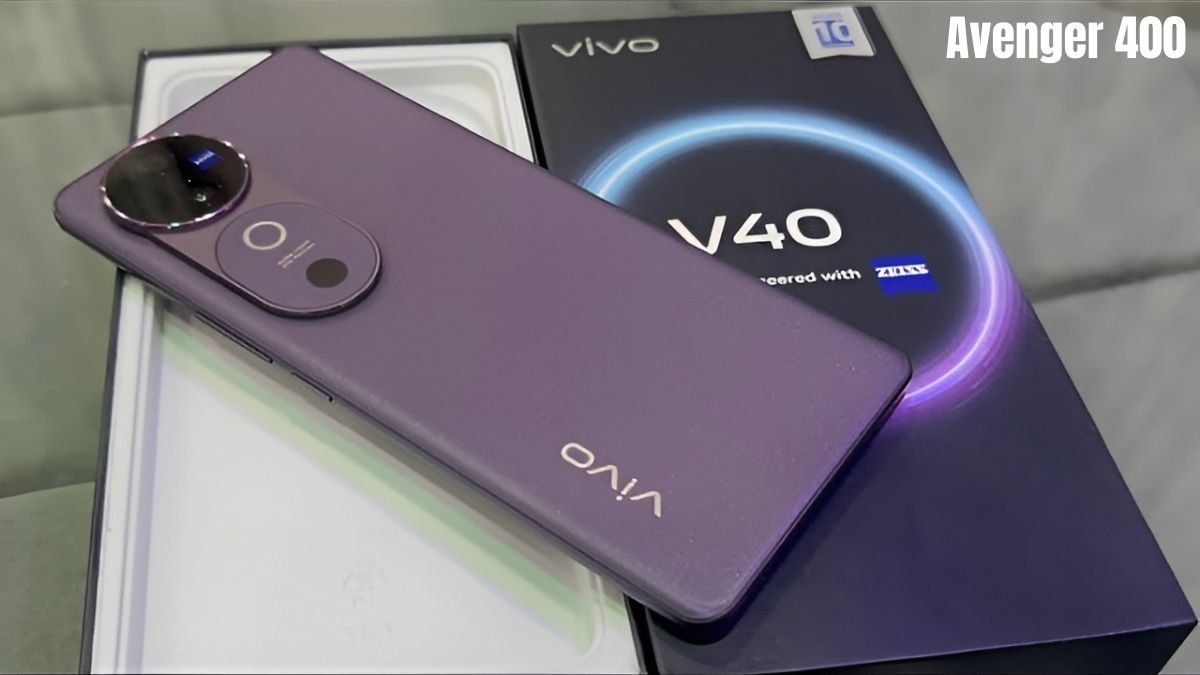B.Ed Students’ ICT and Digital Tool’s Importance
Now that the world has gone digital, we can say for sure that education is no longer limited to books and classrooms. The learning process can be made interesting and effective by both teachers and students through the use of interactive, digital and technological tools. For this very reason, it becomes significant for the B.Ed students as they are to become the teachers of the future. They have to mould themselves in accordance with the learning styles of students set in the digital world.
ICT tools help teachers present the curriculum, manage the classroom, facilitate interactions with students, and develop creative methods of instruction.
1. Tools to deliver content presentation and engage students
(a) Interactive Whiteboards (IWB)
This is a touch-sensitive board that allows teachers to show digital content.
You can write directly on the screen, insert images, and engage students in interactive activity.
For example: Ask students questions while drawing a geometry formula on the board in a math class.
(b) E-books & Digital Resources
Online encyclopedias, e-books and other forms of digital content offer modern information.
These can make classes interesting when combined with interactive lessons.
For example: In a history class, painting a picture of a historical site while showing some videos.
(c) Educational Apps & Simulations
Apps and virtual labs can make the lesson gamified and interactive.
Complex concepts can be made simple and understandable for students.
For example: Using a virtual lab in a science class to show chemistry experiments to students.
(d) Video Lectures & Podcasts
Pre-recorded video lectures and podcasts allow students to learn at their own pace.
One gets a chance to revisit and understand difficult topics.
2. Tools for classroom management and communication
(a) Learning Management Systems (LMS)
Platforms like Moodle, Canvas, Blackboard centralize course material, assignments, grades, and discussions in one place.
This makes the communication and work process easier for both teacher and student.
(b) Online Collaboration Tools
These include Google Workspace, Microsoft Teams, and Slack for students to create real-time projects, group discussions, and share documents.
(c) Online Assessment Tools
These evaluate quizzes and tests, automatically grade and track student progress, and help the teachers make assessment work simpler and faster.
3. Tools for professional development
(a) Digital Whiteboards and Presentation Software
Tools like PowerPoint assist the teacher in creating engaging presentations.
Teach students academic and professional skills of digital presentation and use of technology.
(b) Online Professional Networks
Platforms for teachers to share resources, discuss teaching strategies, and connect with the world.
It provides an extraordinary opportunity for professional development.
4. Benefits of using ICT
(a) Better Engagement
By having fun, education via technology becomes interactive.
Hence, students’ motivation and enthusiasm to learn increases.
(b) Customized Learning
ICT gives teachers the opportunity to prepare lessons according to the different needs and pace of diverse students.
For example: For a fast learner, offer him challenging exercises, and for a slow learner, provide more elucidation.
(c) Better Communication
Online platforms ensure the maintenance of sound communication between teachers and students and parents.
Timely information on the progress made and assignments given is given to both students and their respective parents.
(d) Skill Development
B.Ed students develop digital literacy and technical skills.
This prepares them for the requirements of the modern education system and the future digital world.
5. Practical examples: Use of ICT in a classroom
In the Maths class:
- Showing charts and graphs on the interactive whiteboard
- Casting quizzes in LMS and taking online assignments from students
In the Science class:
- Using virtual labs
- Explaining experiments with videos and simulations
In the Language/Literature class:
- Listening to podcasts and video lectures
- Encouraging students’ discussion on online forums
In Group projects:
- Collaborating with students in Google Docs or Microsoft Teams
Conclusion
ICT and digital tools are not just supportive tools for B.Ed students; these are necessities in modern education. They make the learning process engaging and interesting. They allow smooth calibration of courses according to individual requirements of students’ pace of learning. They make a breeze of management and communication in the classroom environment. Digital skills and professional competences are imparted to those that join B.Ed. and hence shape such graduates into potential teachers of the future.
When consciously and creatively used by teachers, these tools become focus points not only for teaching but for the learning process and preparation of students toward a digital globe.









